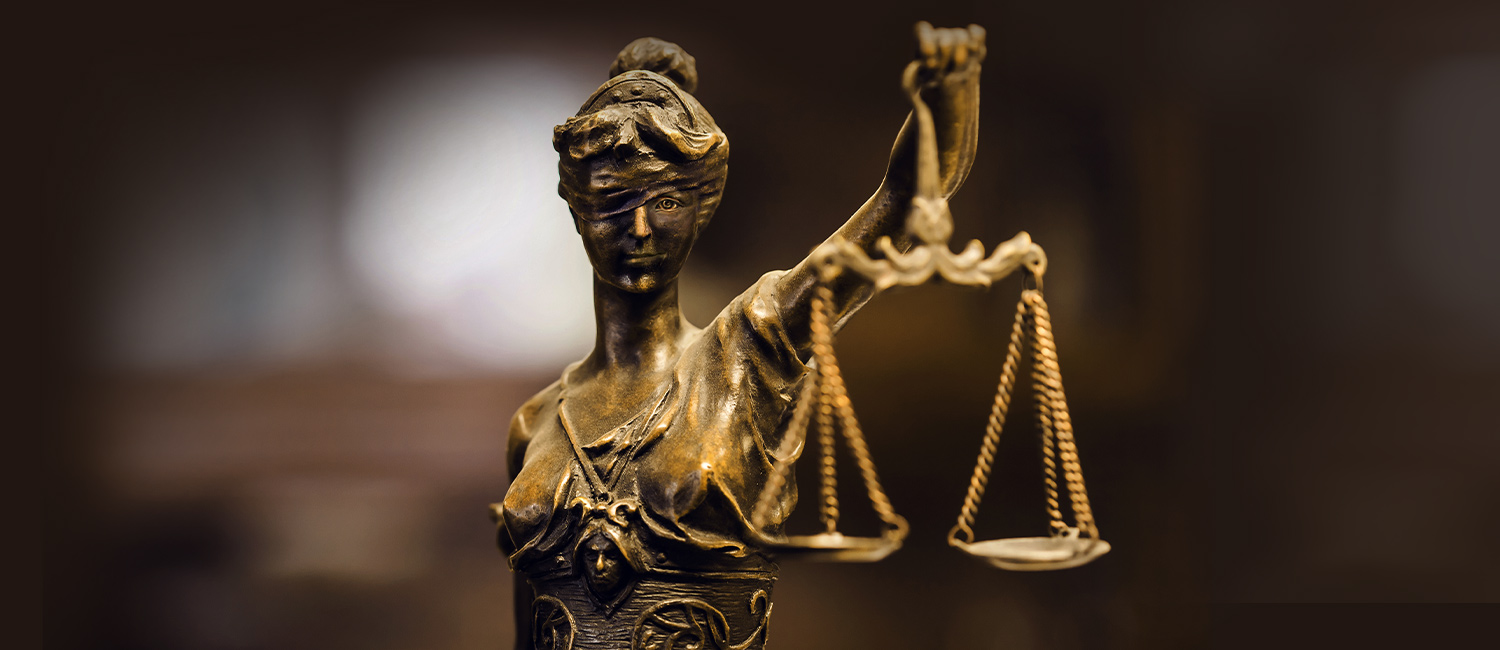
Public perceptions of the Supreme Court
Sometime after 2010, United States Supreme Court justices began doing something that, in comparison to 200-plus years of precedent, was out of the ordinary: They started inching further into the public spotlight.
Justice Sonia Sotomayor appeared on “Sesame Street” in 2012. Justice Antonin Scalia delivered a high school commencement address months before his 2016 death. Justice Ruth Bader Ginsburg participated in a 2018 documentary about her life.
UWM political scientist Sara Benesh, an associate professor and an analyst for the Supreme Court Database, noticed those examples and more. She wanted to know what was behind the trend and what it meant for public perceptions of the court.

“There was a time when you couldn’t pick a Supreme Court justice out of a small crowd,” Benesh says. “Part of my hypothesis is that they’re using these public appearances as opportunities to connect to the public. If they engage more in public life, people will have more knowledge of the court as an institution. When you know more, you like the court more.” And likability matters when you’re an unelected body establishing legal precedents that affect generations of Americans.
So Benesh and research partner Wendy Martinek, a political scientist at Binghamton University in New York, are analyzing extrajudicial appearances of justices past and present. In addition to web searches, they review disclosure reports, reimbursement requests and personal papers of the justices.
The researchers are also thoroughly reviewing public opinion polls about the Supreme Court and its decisions from 1935 through present day. They’re evaluating how extrajudicial appearances that occurred around the time a poll was commissioned might have affected these opinions.
“We really want to know whether the public notices and considers these appearances in evaluating the Supreme Court,” says Benesh, who expects to have results in 2020.